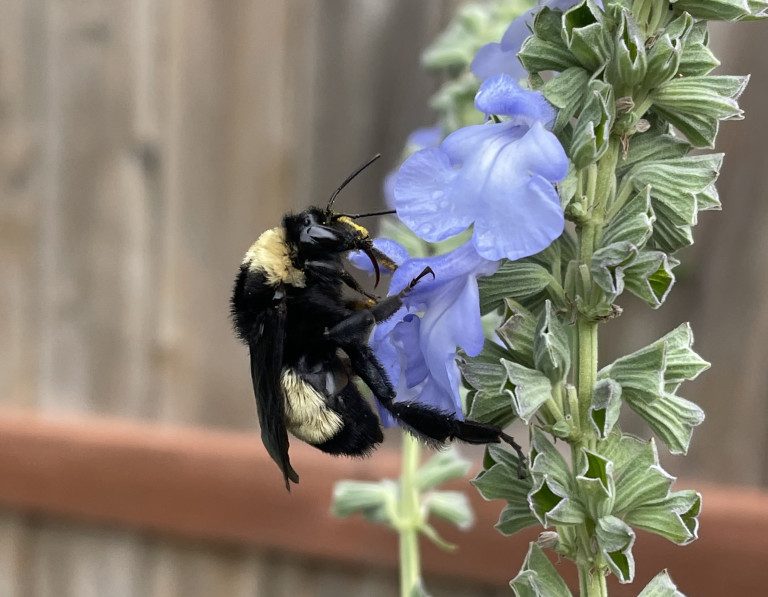
By Alie Mayes, Community Science Specialist
This article is part of the Nebraska Nature in Color series. This limited series will run monthly from December 2023- June 2024.
Spring has officially sprung!
Well in truth, spring has been springing for a while now. The U.S.A. National Phenology Network has volunteers across the nation who help track spring’s progression. According to their Spring First Leaf Index, spring arrived in Nebraska 20 days early this year. You also may have noticed some warmer-than-expected temperatures lately — 70 degrees in February!
I don’t know if anything hits quite like the “greening” of spring. One day we are in the monochrome of winter and then BAM! Color. This renewing energy is so uplifting, and I have to admit that my excitement for the season’s change has at times outweighed my concern for what an early spring might mean for wildlife.
March is the perfect month to celebrate the color green. Here are two of my favorite ways to honor the annual greening of spring.
Take Note of Phenology
My partner and I are relatively new homeowners. When we purchased our house, we were excited that the backyard was a blank slate for us to shape. Last year, we were able to put in a prairie strip.
Watching this small strip of native plants grow and seeing the pollinators and birds that used it has brought us a lot of joy and excitement. Our current favorite activity at home is checking on the prairie strip and reporting updates to each other. There has been a lot of: “Have you seen the yarrow?” “The poppy mallow has leaves!” And “Uhhhh, I think maybe we have too many brown-eyed susans”.
If you want your phenology sightings to contribute to science, check out the community science project Nature’s Notebook.
Participate in the City Nature Challenge
The City Nature Challenge is a global event focused on collecting biodiversity data. During the four-day observation window (April 26- 29, 2024) people from around the world will be using the iNaturalist app to upload pictures of the plants, animals and fungi they can find in their yards, parks and cities. Because spring came early this year, I am super excited to see what we find and how it compares to previous years.
This year, Nebraska has five participating areas including Lincoln-Lancaster County, Omaha Metro, Hastings-Adam County, North Platte-Lincoln County and Scotts Bluff County. Those who do not live in a participating area can join the Global Project, which allows observations from any location.
As spring progresses, we will see even more color and growth. Think about the ways you might celebrate the season.
The City Nature Challenge is organized on a global level by the Natural History Museum of Los Angeles County and the California Academy of Science. At a local level, this event is organized by the Nebraska Game and Parks Commission and many amazing partner organizations.
